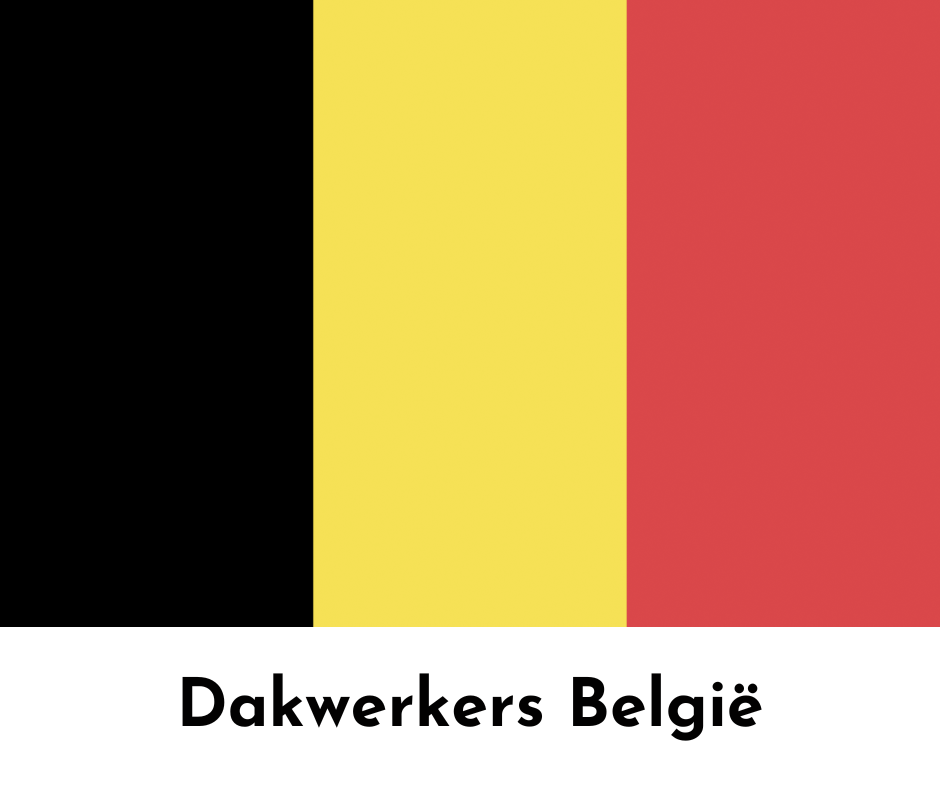Introduction
Belgium is a country rich in history, culture, and architectural diversity. Among its many fascinating elements, the traditional Belgian roof stands out as a symbol of its architectural heritage. From the distinct gables to the unique slates and tiles, these roofs tell stories of craftsmanship, historical significance, and regional identity. In this article, we’ll embark on an explorative journey into “Exploring the Cultural Significance of Traditional Belgian Rooves”, unraveling their intricate designs, historical contexts, and cultural implications.

Understanding Traditional Belgian Rooves
The Architecture Behind Belgian Rooves
Belgian roofs are not merely structural elements; they are an integral part of the country's architectural story. The styles vary significantly across different regions, influenced by climate, available materials, and historical events.
Gabled Roofs: A Signature Style
One of the most iconic styles is the gabled roof. Characterized by its triangular shape at each end, gabled roofs allow for efficient rainwater drainage—an essential feature in Belgium’s wet climate.
- Types of Gabled Roofs: Front Gable: Common in urban areas. Side Gable: Popular in rural settings.
Materials Used in Traditional Belgian Roofs
Belgian roofs showcase a variety of materials that reflect local resources and craftsmanship.
Slate Tiles
Slate has long been a favored material due to storage.googleapis.com its durability and aesthetic appeal. Many regions boast slate quarries that provide uniquely colored tiles.
Clay Tiles
Clay tiles are another traditional choice, often seen in warmer southern provinces. Their rich terracotta hue adds warmth to the overall architecture.
Regional Variations in Roof Styles
Different regions in Belgium showcase unique roofing styles influenced by local traditions and climates.
Flemish vs. Walloon Roof Designs
Flemish roofs often exhibit elaborate gables with intricate brickwork while Walloon roofs tend to have more subdued styles with wider eaves.
Cultural Influences on Roofing Styles
Throughout history, various cultural movements have impacted roof designs in Belgium.
Medieval Influences
During medieval times, fortified structures featured steeply pitched roofs designed for defense against invaders.
roofing business directoriesRenaissance Revival
The Renaissance ushered in ornate gables and decorative elements that reflected prosperity and artistic expression.
Exploring Historical Contexts of Traditional Belgian Rooves
The Role of Religion in Roof Architecture
Religious buildings often feature unique roof designs that symbolize their significance within society.
Church Steeples and Their Meaning
Many churches boast tall steeples adorned with spires—signifying a connection between heaven and earth.
Political Influences on Architectural Styles
Political changes often lead to shifts in architectural styles. The transition from feudalism to modern states saw more standardized roofing practices emerge.
The Craftsmanship Behind Traditional Belgian Rooves
Artisanal Techniques Passed Down Through Generations
Roof construction is often considered an art form where techniques are passed down through generations.
Master Craftsmen of Belgium
Master craftsmen play a vital role in maintaining traditional practices while also innovating new methods.
Challenges Facing Traditional Techniques Today
Despite their beauty and cultural significance, traditional roofing techniques face challenges such as modernization pressures and economic viability.
Symbolism of Belgian Rooves in Culture
Roofs as Reflective Elements of Identity
Roofs tell stories about the communities they belong to—reflecting pride, tradition, and values.
Community Gatherings Under Shared Roofs
Shared spaces foster community bonds; rooftops serve as places for social interaction during festivals or market days.
Roofs Depicted in Art and Literature
Many artists draw inspiration from traditional roofs; they serve as symbols of nostalgia or cultural pride within literature as well.
Modern Interpretations of Traditional Belgian Rooves
Contemporary Designs Inspired by Tradition
Modern architects often draw from traditional forms while incorporating eco-friendly materials or innovative designs that respect historical context.
Sustainable Building Practices
With increasing awareness around sustainability, many builders seek ways to integrate green technologies into traditional roofing methods without losing their charm.
Exploring the Cultural Significance of Traditional Belgian Rooves: A Summary
In summary, traditional Belgian roofs encapsulate a rich tapestry woven from history, culture, artistry, and community spirit. They stand not just as physical structures but also as symbols reflecting broader societal values across different periods in time.
FAQs
What defines a traditional Belgian roof?
Traditional Belgian roofs are characterized by their distinctive shapes like gabled or hipped designs using materials such as slate or clay tiles that reflect regional styles across Belgium's provinces.
Why are roof colors important culturally?
Colors used on roofs can indicate regional identity; for instance, terracotta hues signify southern influences while darker slates may reflect northern aesthetics tied closely to available resources.
How do modern buildings incorporate traditional roofing?
Modern architecture often respects traditional forms by using similar shapes while integrating sustainable materials or technologies ensuring these beautiful designs remain relevant today without losing authenticity.
Are there any preservation efforts for these roofs?
Yes! Various organizations work towards preserving traditional building methods including roofing techniques through education programs aimed at both craftsmen and communities alike to maintain cultural integrity over generations!
What impact does climate have on roofing?
Climate significantly affects roofing design choices—steeper pitches are preferred in wetter areas for effective rain runoff while wider eaves might be utilized where sun exposure is more prominent reducing heat absorption indoors!
Can I find tours focusing on these architectural features?
Absolutely! Many local guides offer specialized tours focusing exclusively on architecture including visits showcasing noteworthy examples featuring stunning rooftops throughout historic neighborhoods!
Conclusion
As we conclude our exploration into “Exploring the Cultural Significance of Traditional Belgian Rooves,” it becomes clear that these structures encapsulate more than just homes—they hold deep-rooted narratives reflecting centuries worth of heritage intertwined with everyday life experiences across communities nestled within this enchanting country! By appreciating their beauty alongside understanding their stories we not only preserve our past but enrich our future too!